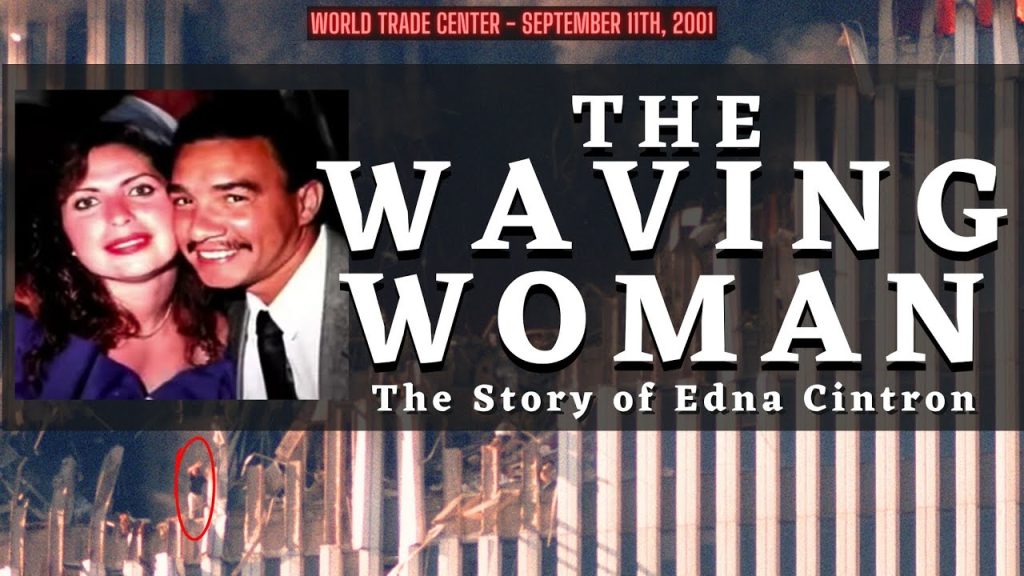Edna Cintron, a visionary artist whose bold strokes and vibrant hues have captivated the art world, emerges as a beacon of creativity and inspiration. Her unique style and profound themes have left an indelible mark on the contemporary art landscape, inviting viewers to delve into a realm of imagination and introspection.
From her humble beginnings to her rise as a celebrated artist, Edna Cintron’s journey is a testament to the transformative power of art. Her artistic style, characterized by a masterful use of color and symbolism, evokes a profound emotional resonance that transcends cultural boundaries.
Edna Cintron’s Early Life and Influences

Edna Cintron’s formative years were marked by a rich blend of cultural and familial influences that profoundly shaped her artistic vision. Her childhood unfolded amidst the vibrant tapestry of Puerto Rican culture, with its vibrant traditions, folklore, and musical heritage.
Growing up in a family of modest means, Cintron’s parents instilled in her a deep appreciation for education and the arts. Her mother, a skilled seamstress, passed on her love of textiles and craftsmanship, while her father, a musician, introduced her to the enchanting world of music.
Edna Cintron, a renowned boxing champion, is known for her impressive career in the ring. However, beyond her boxing achievements, Cintron has also made a significant impact in other areas. Notably, she has been a vocal advocate for social justice and has worked extensively with organizations like Merab Dvalishvili.
Dvalishvili, a renowned martial artist, has also been a strong advocate for social causes, highlighting the importance of community engagement and giving back. Cintron’s collaboration with Dvalishvili further underscores her commitment to making a positive difference in the world, both inside and outside the boxing ring.
Cultural Influences, Edna cintron
Puerto Rican culture permeated every aspect of Cintron’s upbringing. The island’s vibrant folklore, with its tales of enchantment and mysticism, sparked her imagination and fueled her creative spirit. She immersed herself in the rhythms and melodies of traditional Puerto Rican music, which would later become a defining element in her artistic expression.
The island’s colonial history and its struggle for independence also left an imprint on Cintron’s consciousness. She witnessed firsthand the social and economic disparities that plagued her community, which ignited a deep sense of social justice and a commitment to using her art as a platform for change.
Edna Cintrón, the celebrated Puerto Rican boxer, has made significant contributions to the sport. Her influence extends beyond the ring, inspiring countless women to pursue their dreams. Similarly, Kaylee Hartung , a renowned American boxer, has used her platform to empower others.
Cintrón’s unwavering determination and Hartung’s commitment to social justice serve as beacons of inspiration, demonstrating the transformative power of sports.
Family Influences
Cintron’s family played a pivotal role in nurturing her artistic talents. Her mother’s meticulous craftsmanship and attention to detail inspired her to approach her own work with the same level of care and precision. Her father’s love of music instilled in her a profound appreciation for the power of sound and its ability to convey emotions and connect people.
The encouragement and support of her family provided Cintron with a solid foundation upon which to build her artistic career. Their belief in her abilities and their unwavering support gave her the confidence to pursue her dreams and to make a meaningful contribution to the world through her art.
Artistic Style and Techniques
Edna Cintron’s artistic style is characterized by its vibrant colors, bold compositions, and evocative symbolism. She often employs a limited palette, using primary and secondary colors to create a sense of harmony and balance. Her compositions are typically asymmetrical, with dynamic lines and shapes that draw the viewer’s eye across the canvas. Cintron’s use of symbolism is subtle yet powerful, often incorporating elements from her Puerto Rican heritage and personal experiences to convey deeper meanings.
Use of Color
Color plays a central role in Cintron’s artwork. She uses color to create a sense of mood and atmosphere, and to evoke specific emotions in the viewer. Her vibrant palette often includes shades of blue, green, yellow, and red, which she uses to create a sense of warmth and energy. Cintron’s use of color is also influenced by her Puerto Rican heritage, as she often incorporates traditional colors and patterns into her work.
Composition
Cintron’s compositions are typically asymmetrical, with dynamic lines and shapes that draw the viewer’s eye across the canvas. She often uses negative space to create a sense of depth and movement, and to emphasize the relationships between different elements in the composition. Cintron’s compositions are carefully planned, and she often uses sketches and studies to work out the details of her paintings before beginning to paint.
Symbolism
Symbolism is an important aspect of Cintron’s artwork. She often incorporates elements from her Puerto Rican heritage and personal experiences into her work, using them to convey deeper meanings. For example, she often uses the image of the coqui, a small tree frog native to Puerto Rico, as a symbol of hope and resilience. Cintron’s use of symbolism is subtle yet powerful, and it adds a layer of depth and meaning to her work.
Major Themes and Motifs: Edna Cintron

Throughout her prolific career, Edna Cintron’s body of work is characterized by a profound exploration of a range of recurring themes and motifs that delve into the complexities of human existence.
Her art often grapples with themes of identity, memory, displacement, and the search for belonging. These themes are deeply personal to Cintron, whose own experiences as a Puerto Rican immigrant in the United States have shaped her perspective and artistic vision.
Personal Identity and Cultural Heritage
Cintron’s work frequently explores the multifaceted nature of personal identity, particularly in relation to her cultural heritage. She celebrates the richness and diversity of Puerto Rican culture while also acknowledging the challenges and complexities of navigating multiple cultural identities in a multicultural society.
Her paintings and sculptures often incorporate traditional Puerto Rican symbols and motifs, such as the coquí frog and the vejigante masks, as a way of connecting with her roots and preserving her cultural legacy.
Displacement and Belonging
Cintron’s art also addresses the experiences of displacement and the search for belonging. She captures the feelings of isolation and alienation that many immigrants face when they leave their homelands and embark on a new life in a foreign country.
Her work explores the complexities of assimilation and the challenges of finding a sense of belonging in a society that may not always be welcoming or inclusive.
Memory and Loss
Cintron’s work often grapples with the themes of memory and loss. She explores the ways in which memories shape our present and influence our understanding of the past.
Her art evokes a sense of nostalgia and longing, capturing the bittersweet emotions associated with remembering and losing loved ones, places, and experiences.
Legacy and Impact

Edna Cintron’s legacy as a pioneering Latina artist extends beyond her lifetime, leaving an indelible mark on the art world and inspiring generations of artists.
Her groundbreaking contributions to the visibility and representation of marginalized communities, particularly women and people of color, continue to resonate with audiences, fostering a sense of empowerment and cultural pride.
Recognition and Awards
- National Medal of Arts (1996)
- Lifetime Achievement Award from the National Hispanic Cultural Center (2011)
- Induction into the National Women’s Hall of Fame (2013)
Influence on Subsequent Artists
Cintron’s work has profoundly influenced subsequent generations of artists, particularly those of Latin American and Caribbean descent.
- Her use of vibrant colors, bold patterns, and folkloric motifs has inspired artists to explore their own cultural heritage and identity.
- Her commitment to social justice and community engagement has encouraged artists to use their platforms to advocate for change.
Enduring Legacy
Edna Cintron’s legacy lives on through her powerful and evocative artwork, which continues to be exhibited in museums and galleries worldwide.
Her work serves as a testament to the resilience and creativity of marginalized voices and remains an inspiration to artists and audiences alike.